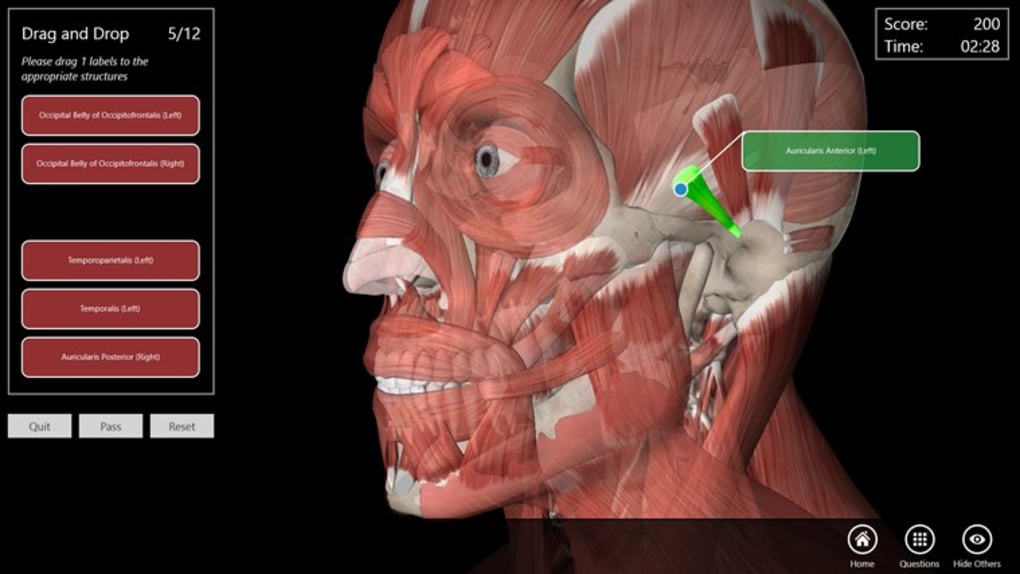

In contrast, chemical reactions that absorb more energy than they release are endergonic. Some of the chemical energy stored in the bar is absorbed into molecules your body uses for fuel, but some of it is released-for example, as heat. The catabolism of the foods in your energy bar is an example. When you eat an energy bar before heading out the door for a hike, the honey, nuts, and other foods the bar contains are broken down and rearranged by your body into molecules that your muscle cells convert to kinetic energy.Ĭhemical reactions that release more energy than they absorb are characterized as exergonic. Notice that chemical energy, like all energy, is neither created nor destroyed, rather, it is converted from one form to another. When those bonds are formed, chemical energy is invested, and when they break, chemical energy is released. Chemical energy is the form of potential energy in which energy is stored in chemical bonds. In the human body, potential energy is stored in the bonds between atoms and molecules. If the brick wall collapses, the stored potential energy is released as kinetic energy when the bricks fall. Potential energy is the energy of position, or the energy matter possesses because of the positioning or structure of its components. Once the wall is in place, it stores potential energy. The energy it takes to lift and place one brick atop another is kinetic energy-the energy matter possesses because of its motion. In general, kinetic energy is the form of energy powering any type of matter in motion. Both types of reactions involve exchanges not only of matter, but of energy.Ĭhemical reactions require a sufficient amount of energy to cause the matter to collide with enough precision and force that old chemical bonds can be broken and new ones formed. Recall that metabolism can proceed in another direction: in catabolic chemical reactions, when bonds between components of larger molecules break, releasing smaller molecules or atoms. The bonding processes you have learned thus far are anabolic chemical reactions they form larger molecules from smaller molecules or atoms. One characteristic of a living organism is metabolism, which is the sum total of all of the chemical reactions that go on to maintain that organism’s health and life. Identify several factors influencing the rate of chemical reactions.

Describe the three basic types of chemical reactions.Identify four forms of energy important in human functioning.Distinguish between kinetic and potential energy, and between exergonic and endergonic chemical reactions.By the end of this section, you will be able to:


 0 kommentar(er)
0 kommentar(er)
